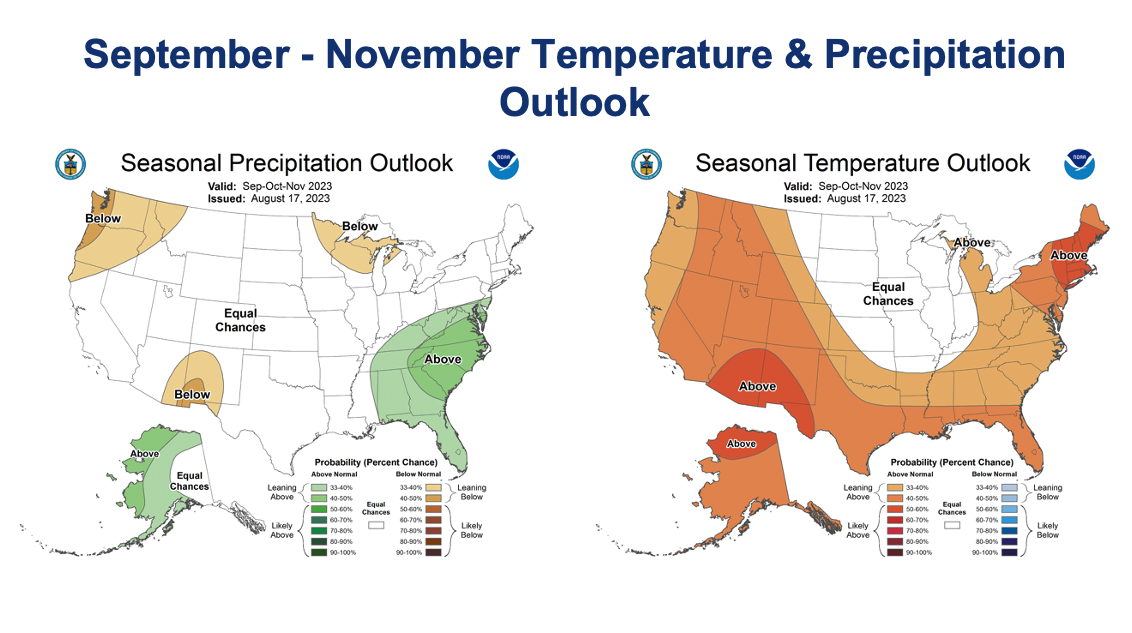
Welcome to the August 25, 2023 issue of Cotton News, a service provided by Plains Cotton Growers Inc. for the cotton industry in the Texas High Plains and beyond.

September Expected to Bring Average Rainfall; Above Average Temps
Generally, September is a wetter month for the High Plains region, and for the cotton that is still holding on, every bit of precipitation counts.
KLBK Chief Meteorologist Jacob Riley presented the 2023 harvest weather outlook — specifically for the months of September through November — for the Plains Cotton Advisory Group today (Aug. 25, 2023). “We will be focusing on temperature and precipitation trends,” he said at the beginning of the meeting, “As well as looking at how the drought will continue to progress around eastern New Mexico and West Texas.”
Rainfall
Riley presented Lubbock rainfall statistics showing Lubbock’s month-to-date rainfall at 0.07 inches. Average precipitation (data from 1911-2022) in September is 2.52 inches. Riley said that this September, the Lubbock area is projected to receive average rainfall, based off the forecast from the Climate Prediction Center.
Average precipitation for September through November in the city of Lubbock, based off data from 1911 to 2022, is 5.17 inches. “We’re still going to see a warmer and dryer weather pattern throughout this growing season, but we are hopeful that El Nino’s system will bring a wetter growing season for 2024.”
Temperature
“September temperatures look to be around 77 to 80 degrees, which is slightly above the average of 77,” Riley said. “This will likely feature highs in the mid-90s with lows in the mid- to upper-60s.”
The average temperature during the September through November time frame is roughly 61 degrees, also based off of data in the Lubbock area from 1913 to 2022.
Based off the Climate Prediction Center forecast for temperature, the High Plains is looking at a range of 69 to 74 degrees from September to November.
To sum up, Riley said that persistent dry and warm conditions will continue to influence our overall pattern, though bouts of cooler air and rain are expected.
“As Earth’s tilt continues to change as we head into fall, we will start seeing more apparent pattern changes,” he said. “I believe we will undergo a more drastic change after harvest season as we head into winter. A cooler and wetter than usual winter is likely to begin late December into early January, hopefully replenishing ground moisture by the beginning of our growing season in 2024.”
The Cotton Board Approves 2024 Budget
Full Article Published by Cotton Grower here. 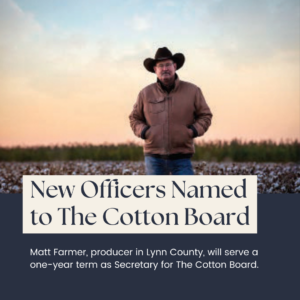
The Cotton Board members serving the Cotton Research and Promotion Program reviewed and voted to recommend Cotton Incorporated’s 2024 budget of $89 million to the Secretary of Agriculture — a $2 million increase from 2023.
“The 2024 Cotton Incorporated plan and budget remain focused on addressing several key industry issues to increase cotton’s market share and ensure long-term profitability,” said Cotton Inc. President and CEO Berrye Worsham. “Key priorities include enhancing supply chain transparency and cotton’s traceability, increasing producer profitability, enhancing cottonseed’s value, addressing contamination issues and using marketing to build demand for cotton.”
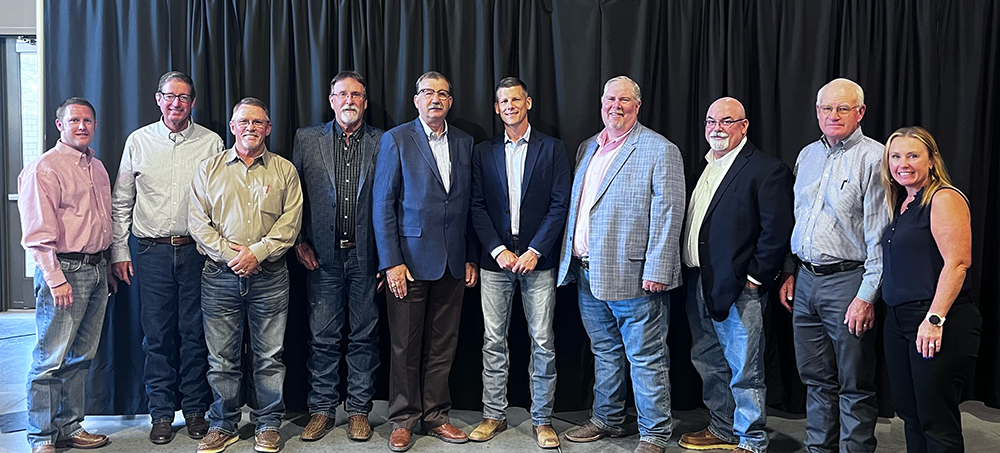

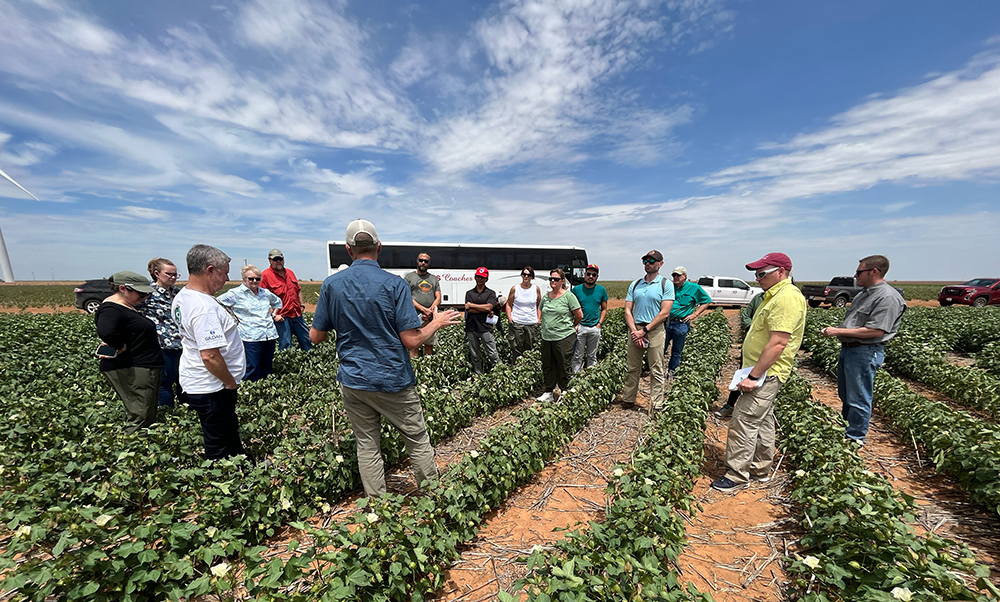
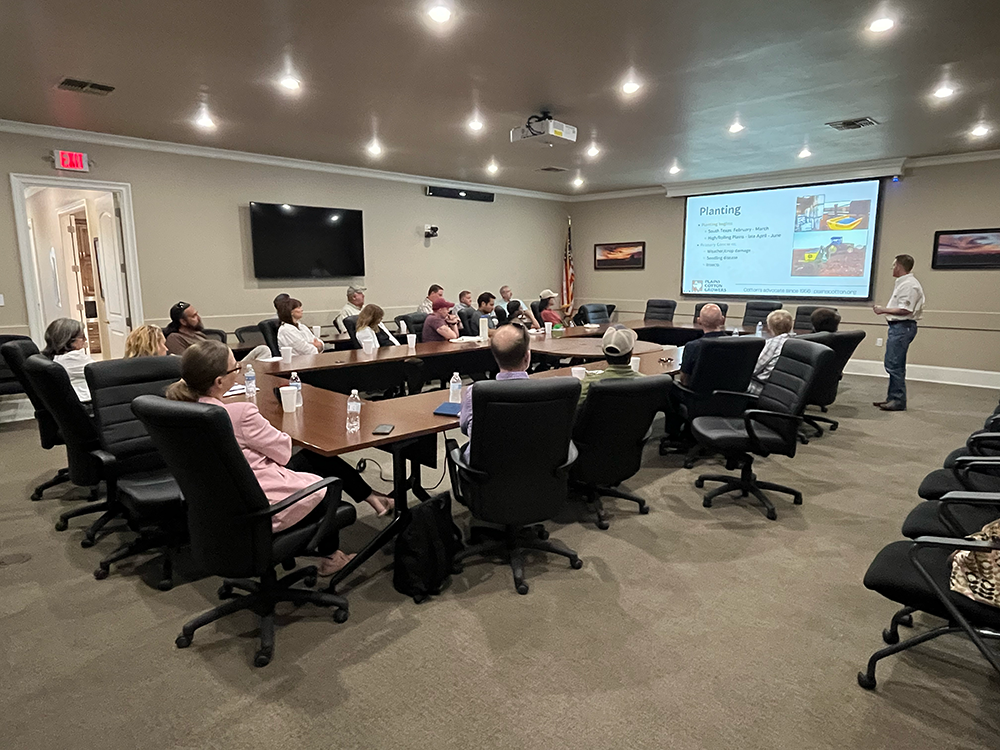
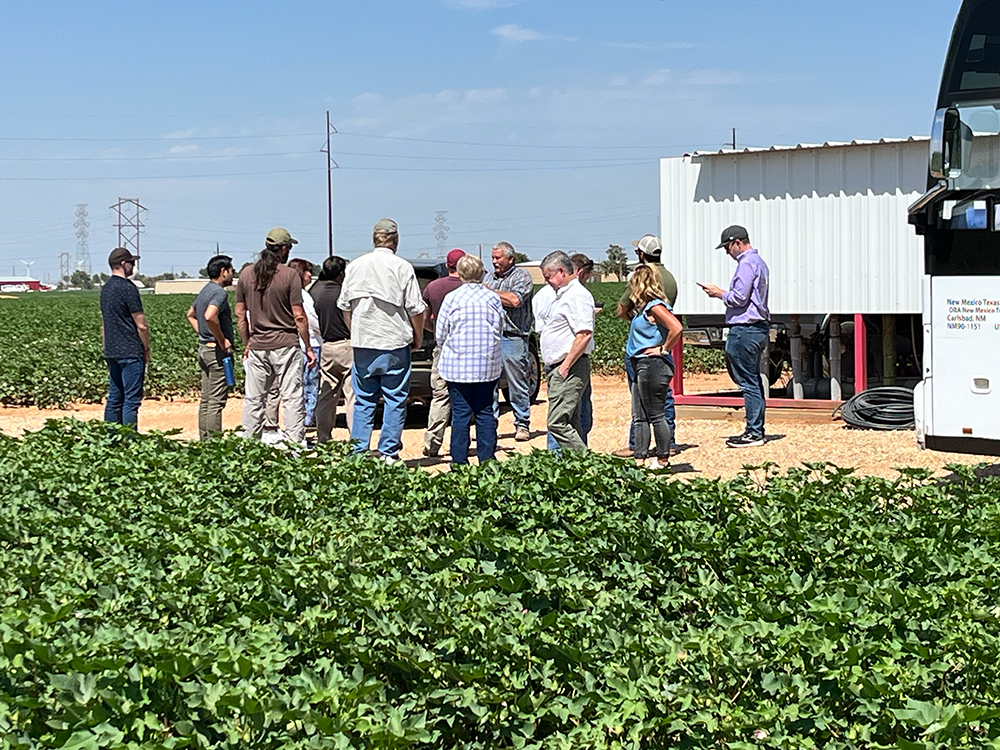
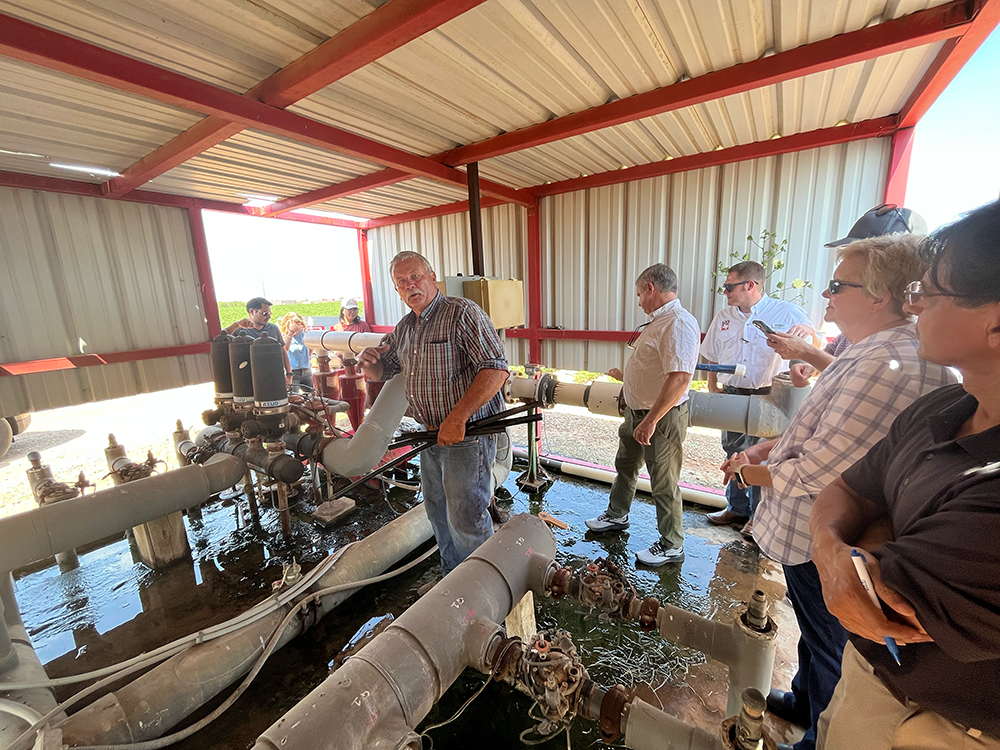
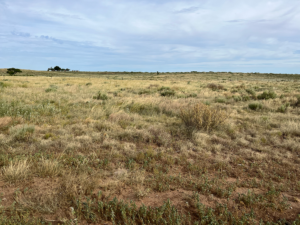
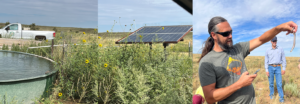
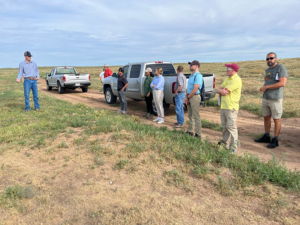
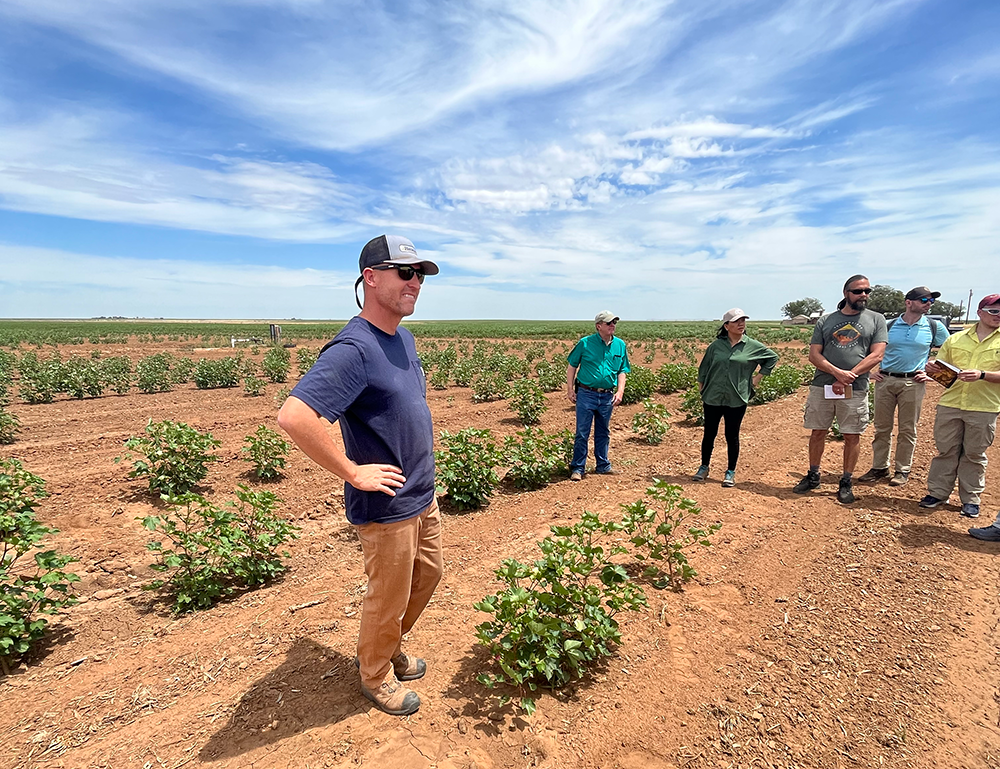
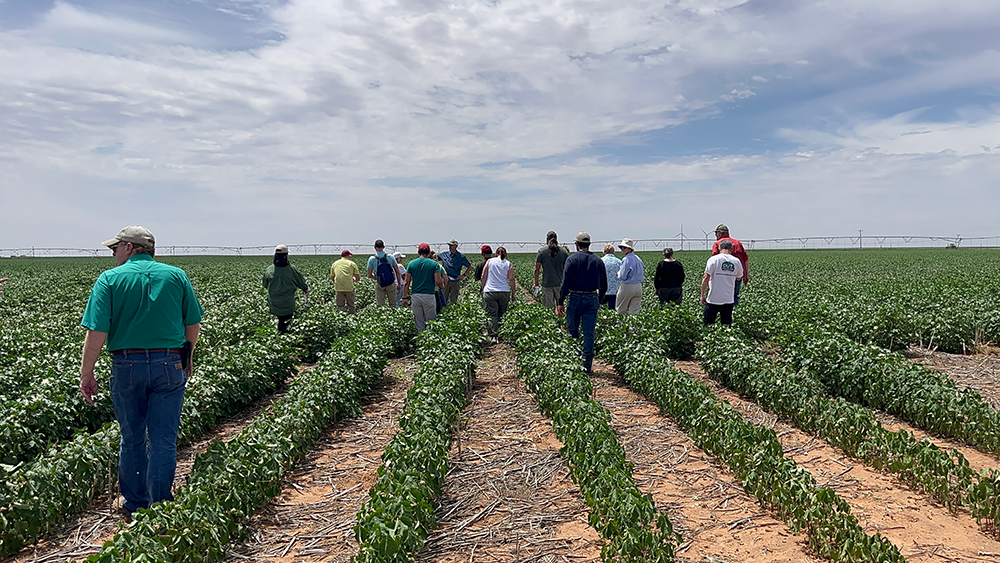
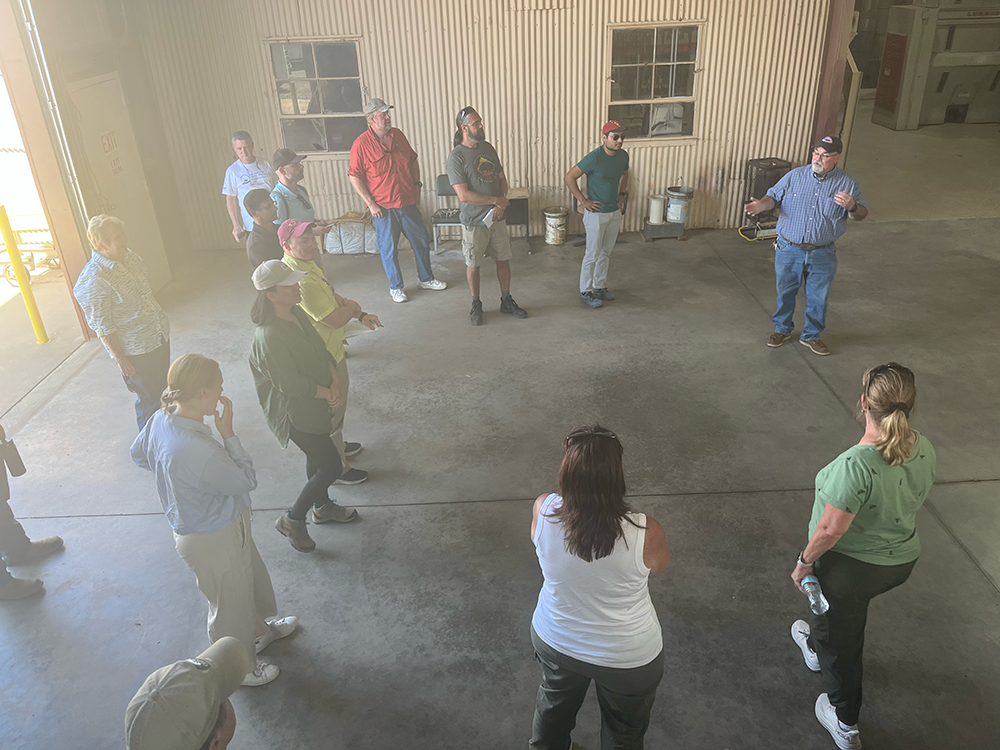
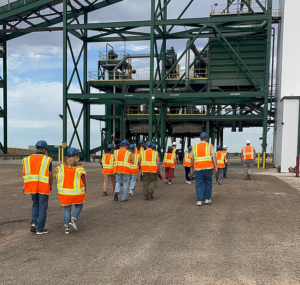
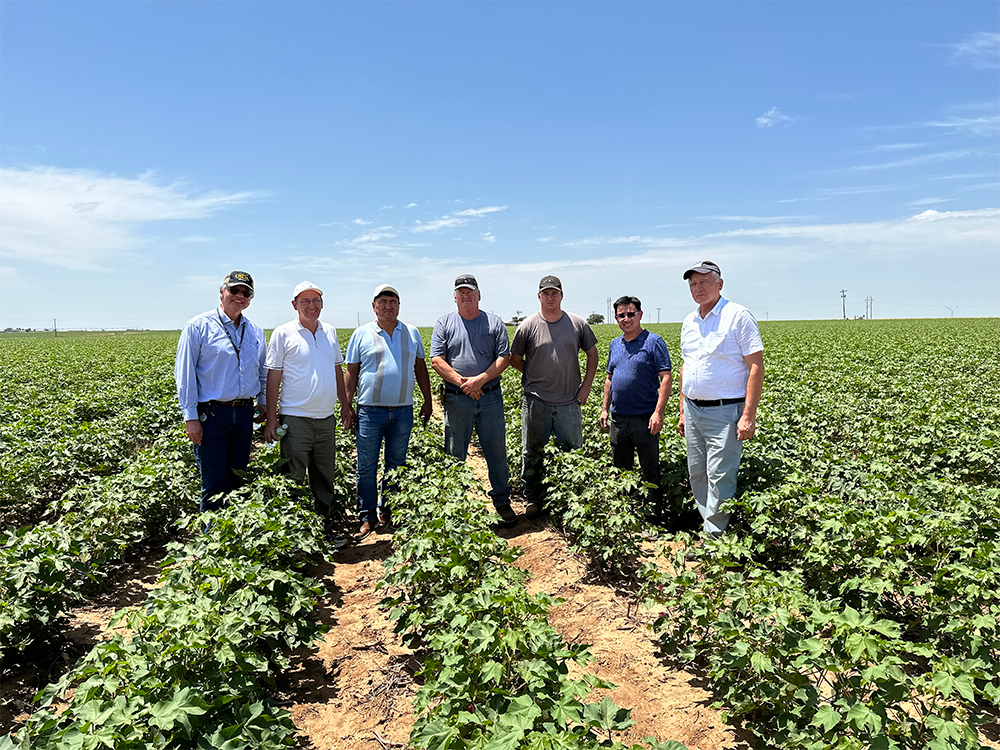

 Uzbekistan has an arid climate similar to West Texas; however, it typically doesn’t get hotter than 80 degrees Fahrenheit in the summer with colder winters. Before USSR was dissolved in 1991, 100% of Uzbekistan crops were cotton. Today it’s 80%.
Uzbekistan has an arid climate similar to West Texas; however, it typically doesn’t get hotter than 80 degrees Fahrenheit in the summer with colder winters. Before USSR was dissolved in 1991, 100% of Uzbekistan crops were cotton. Today it’s 80%.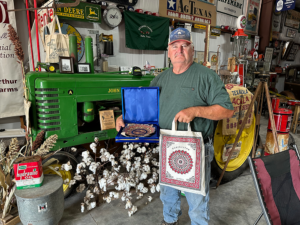
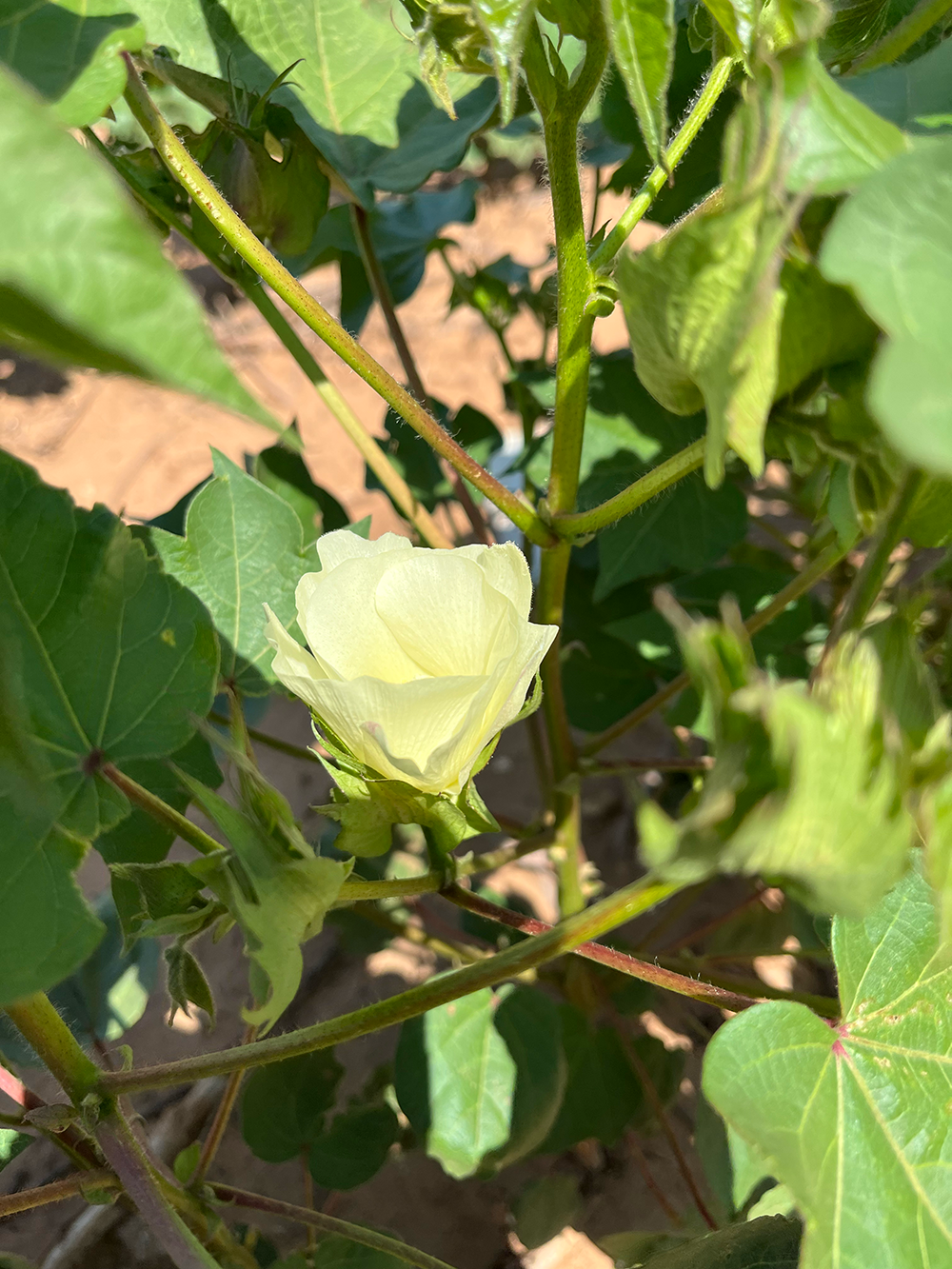

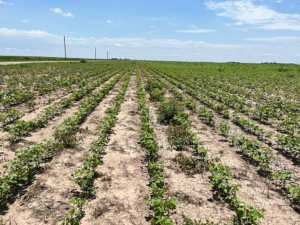
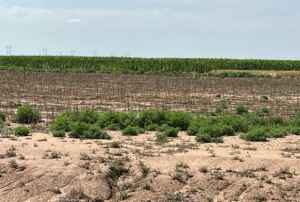
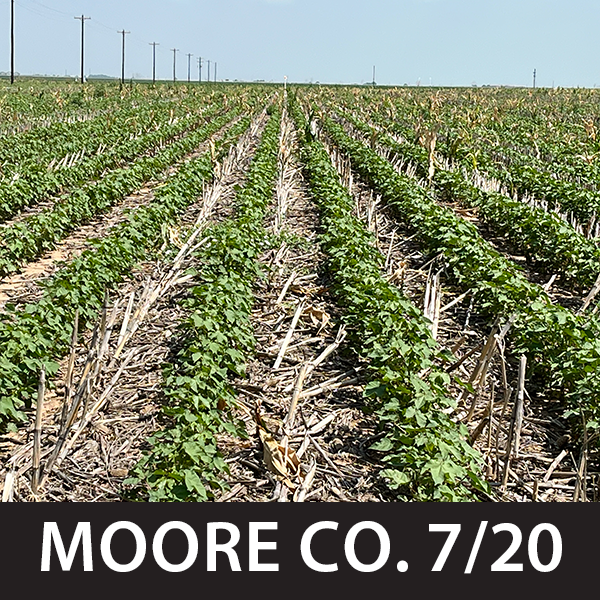
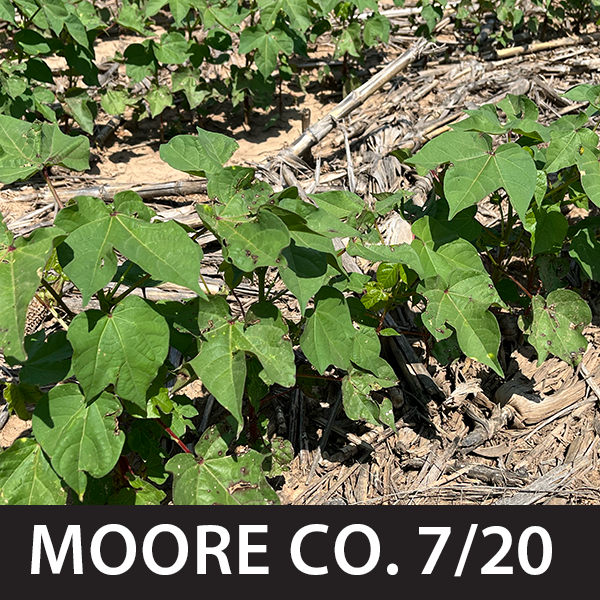
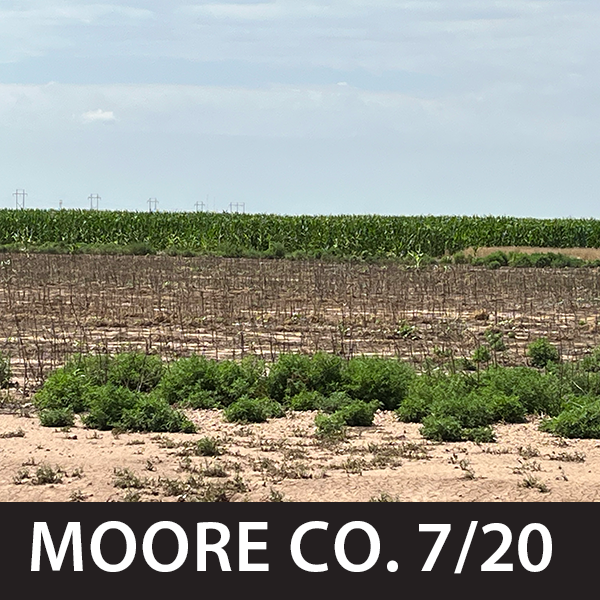
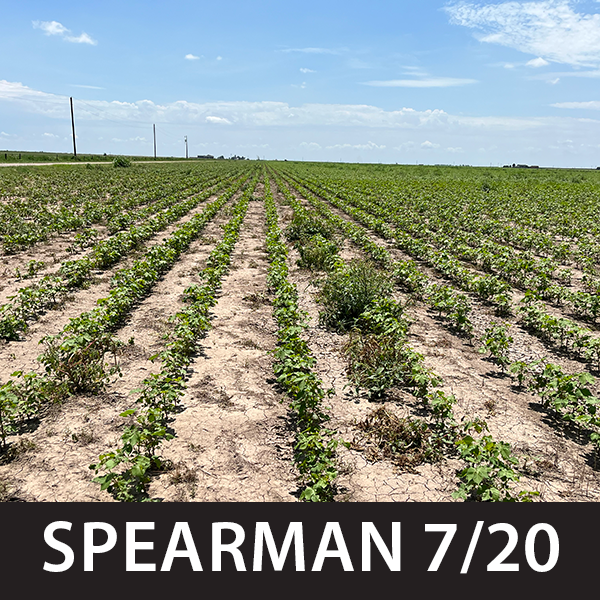
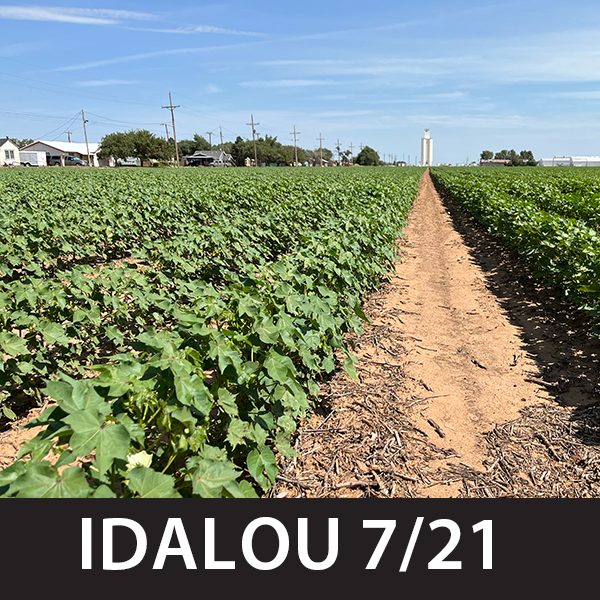
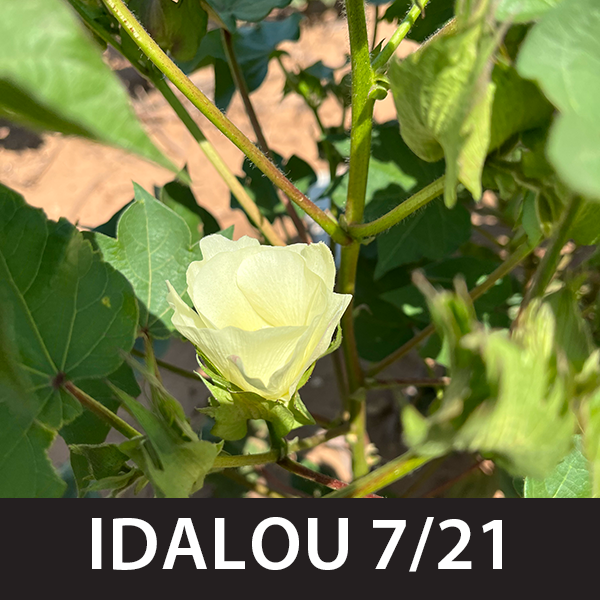
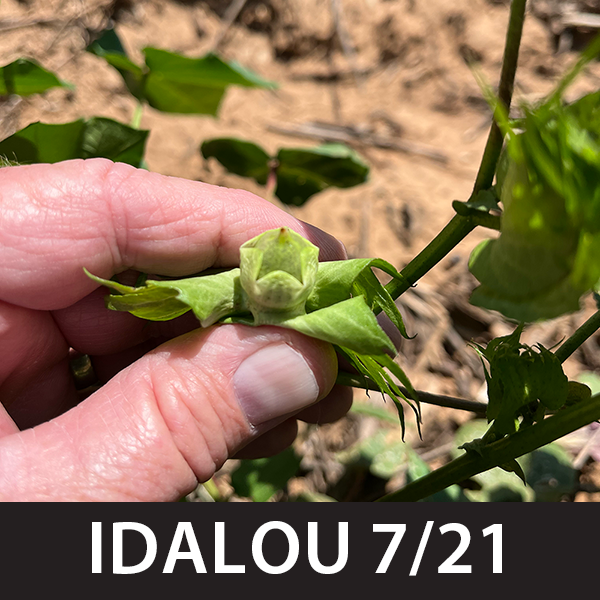
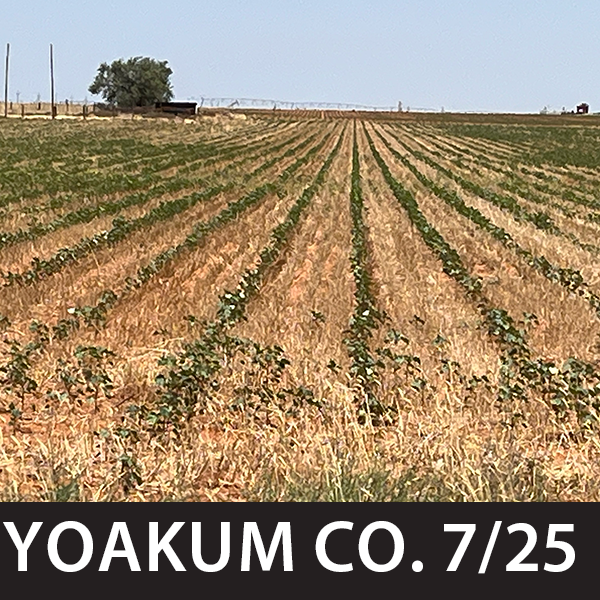
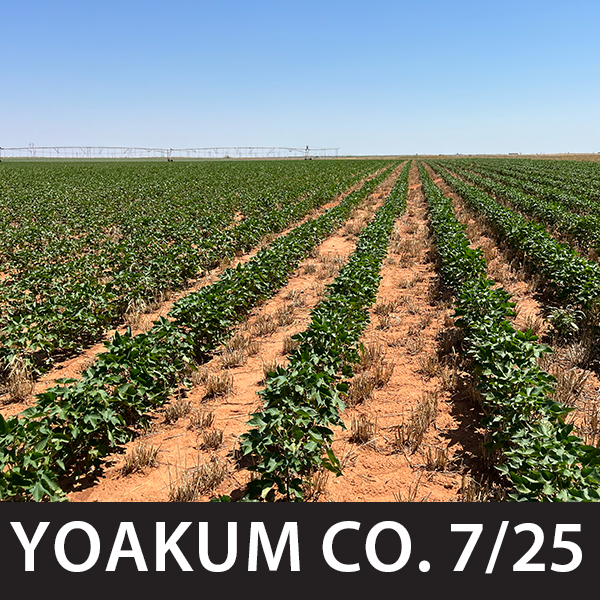
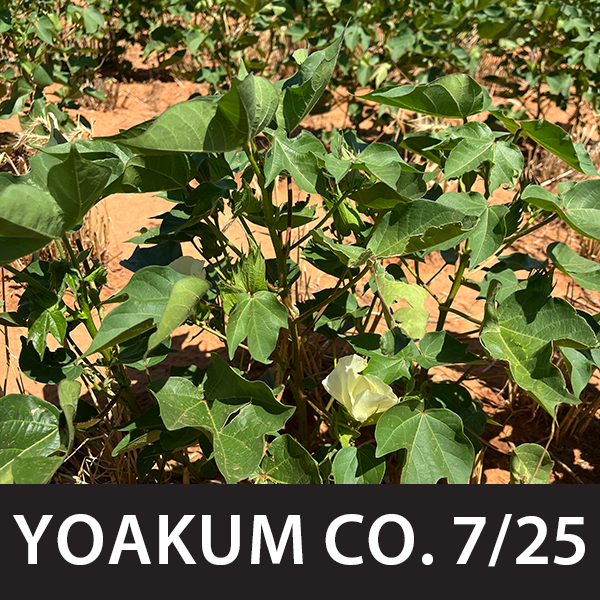
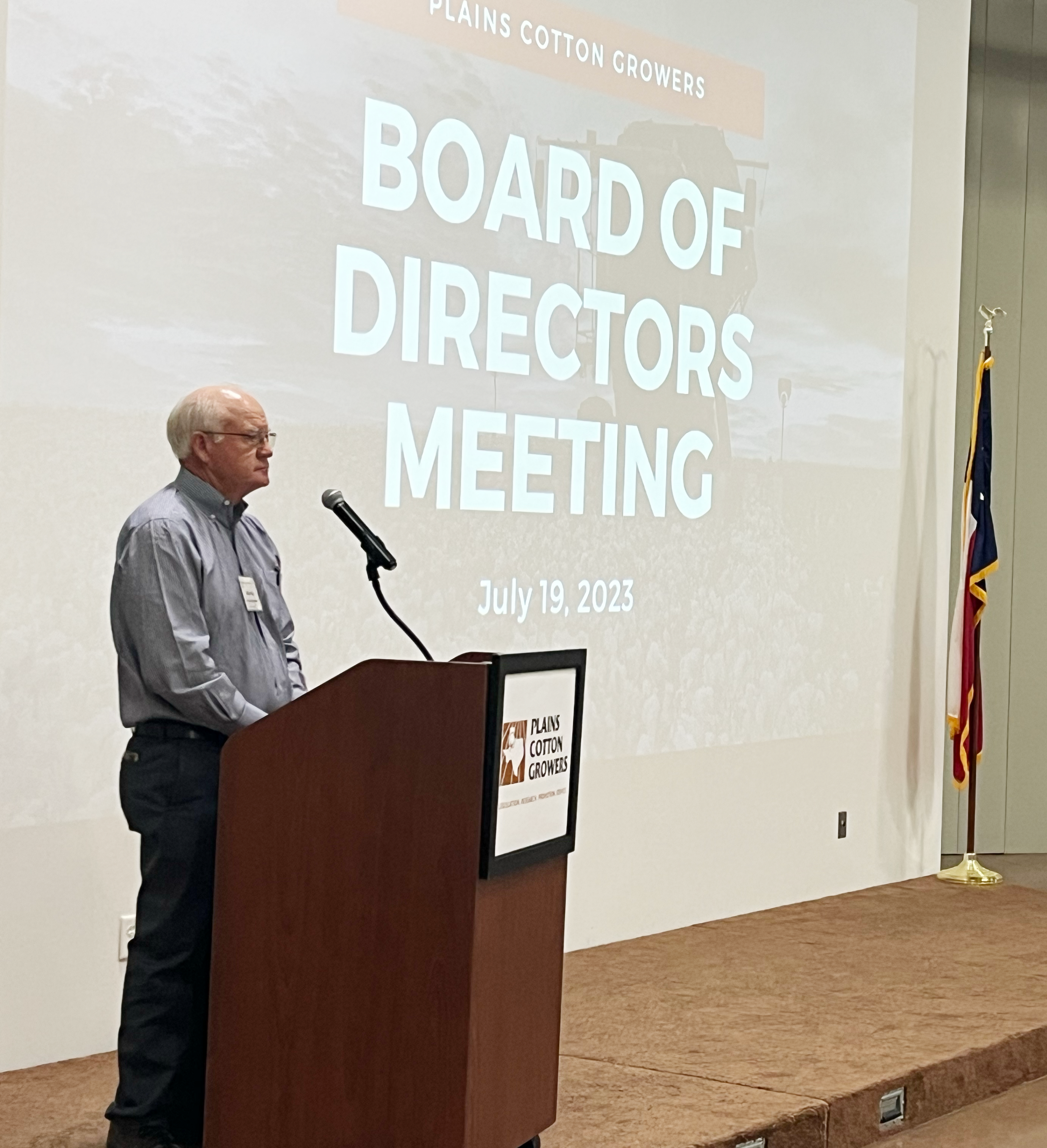

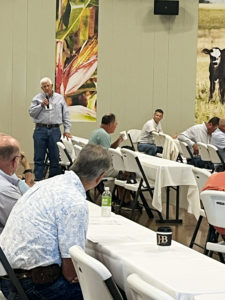
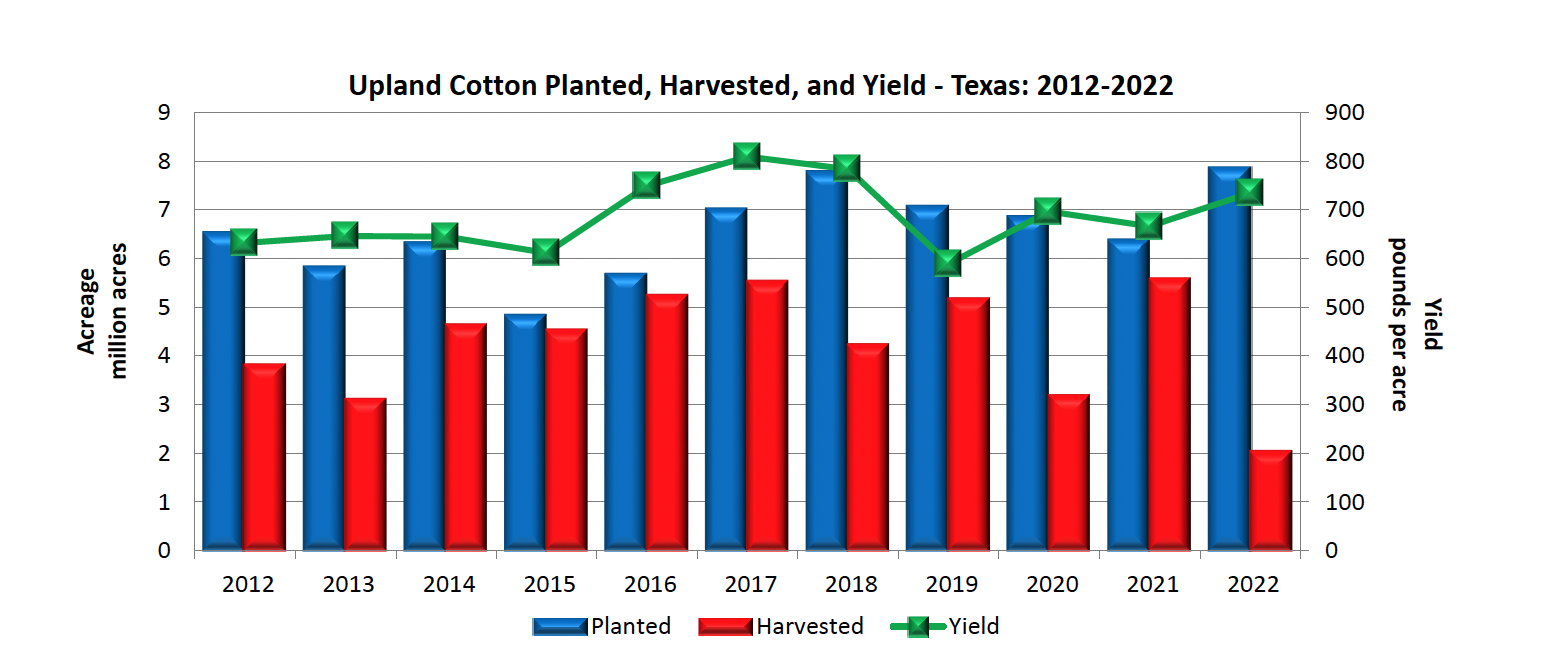

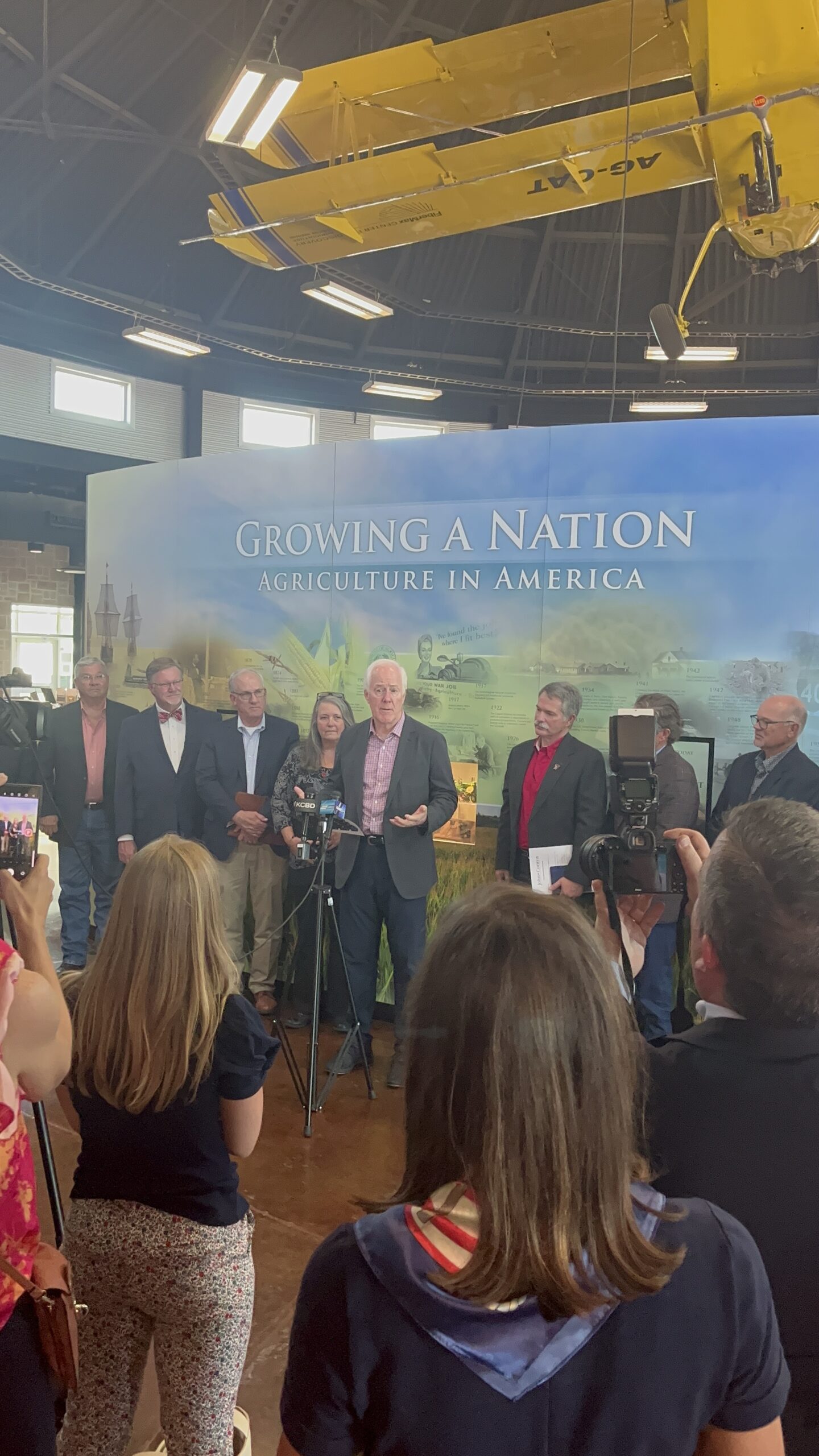
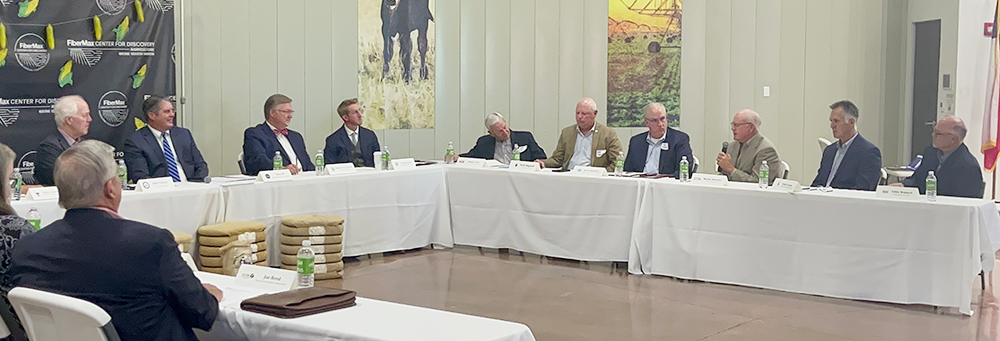
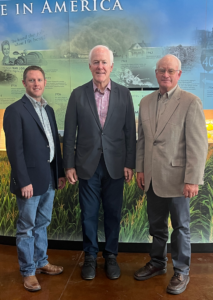
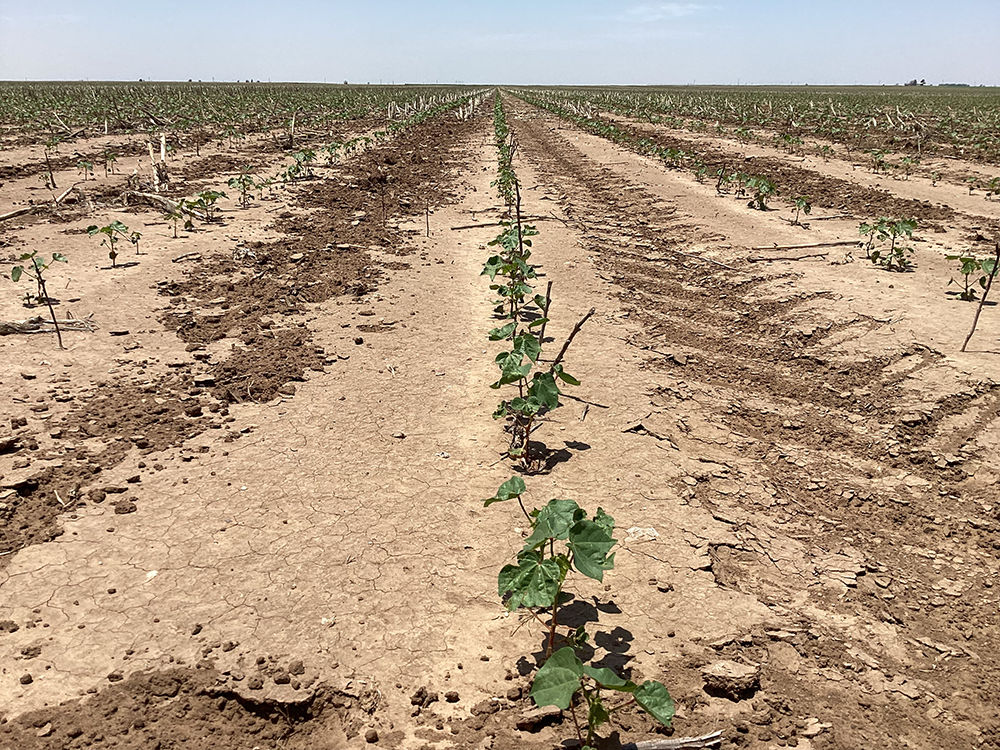
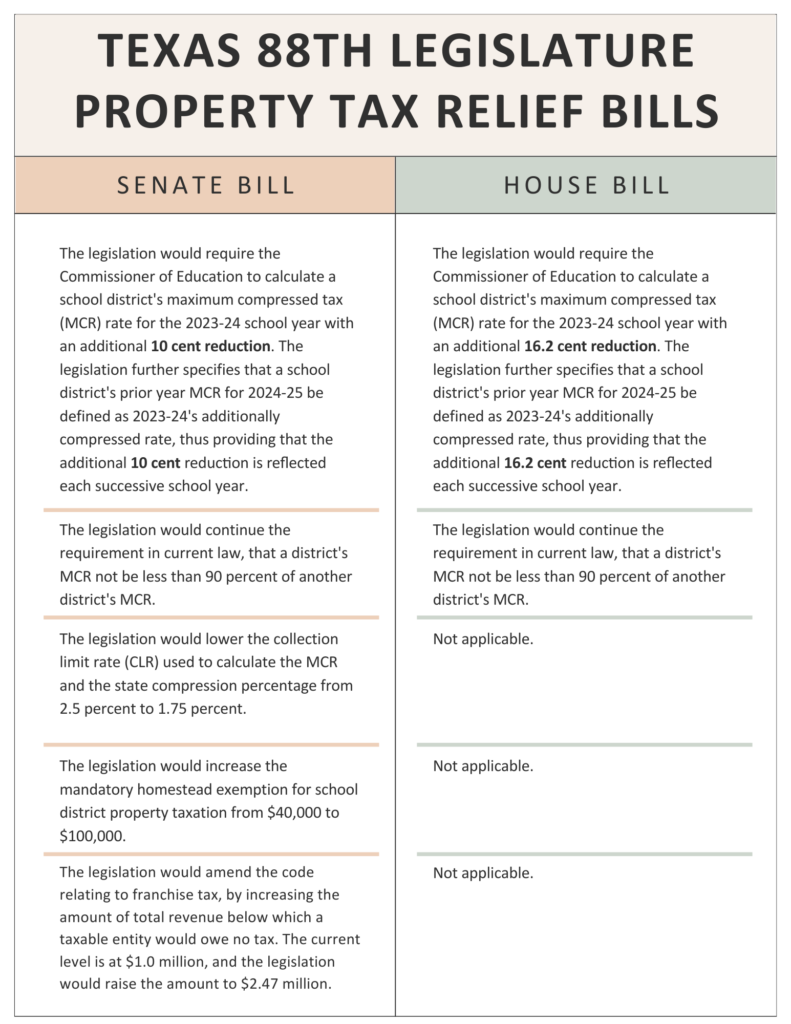
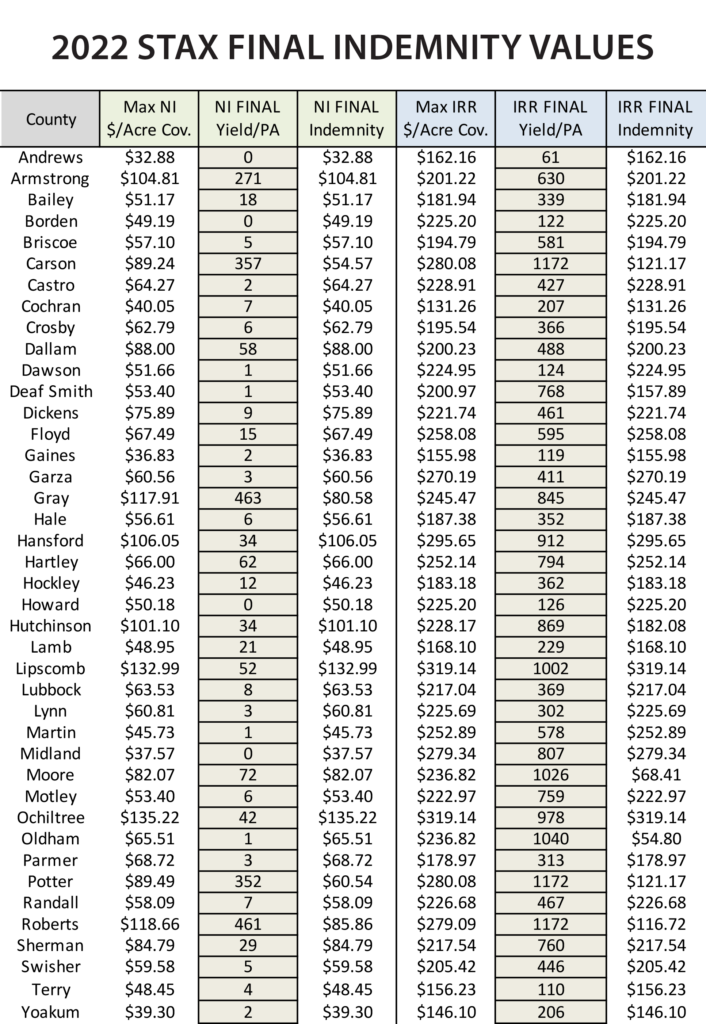
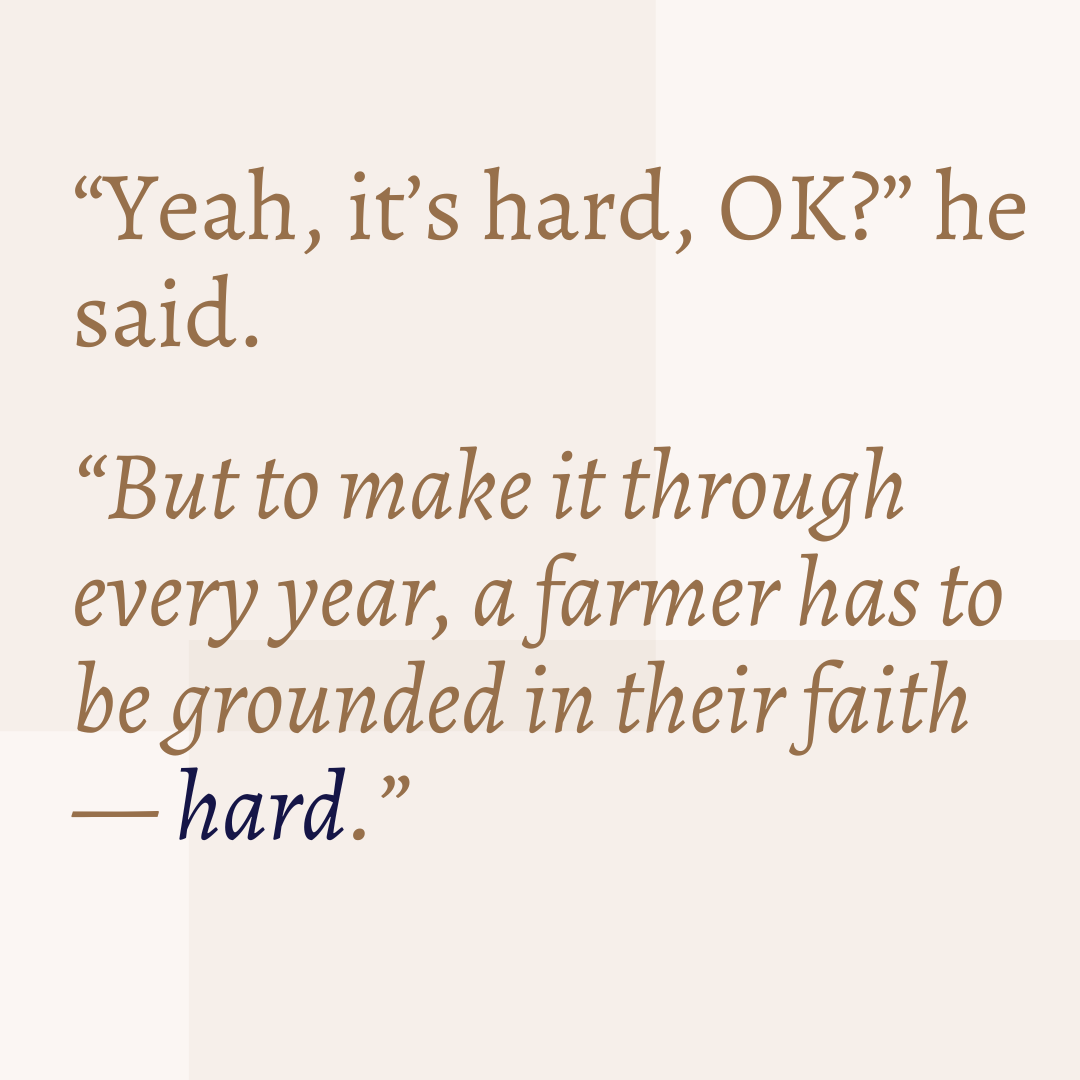

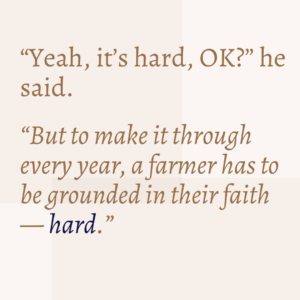


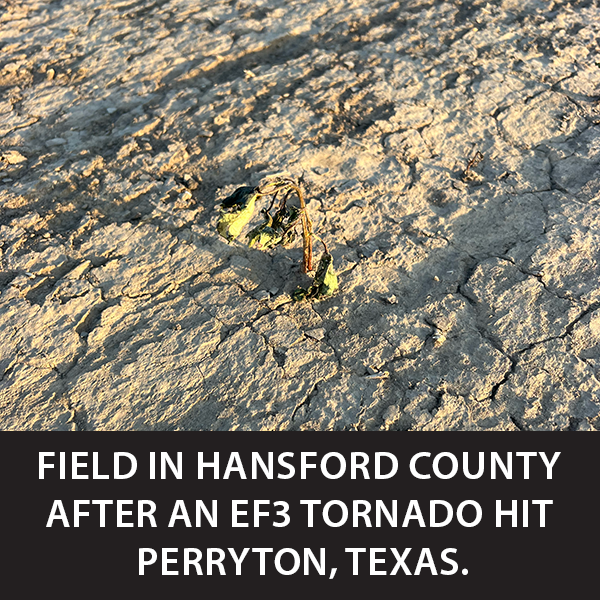
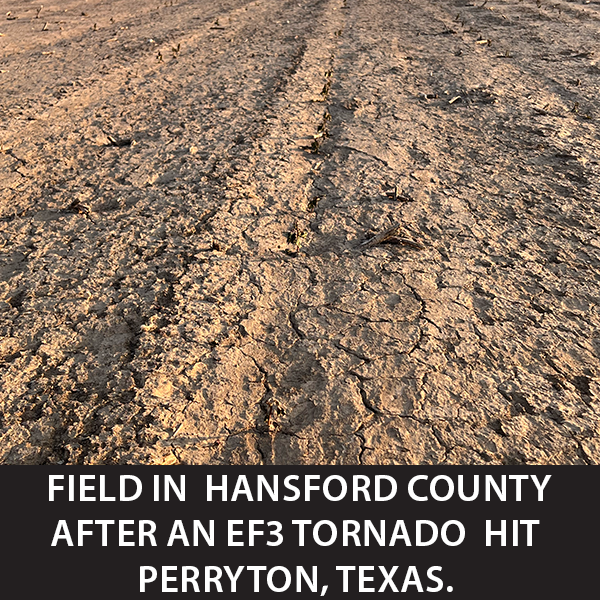
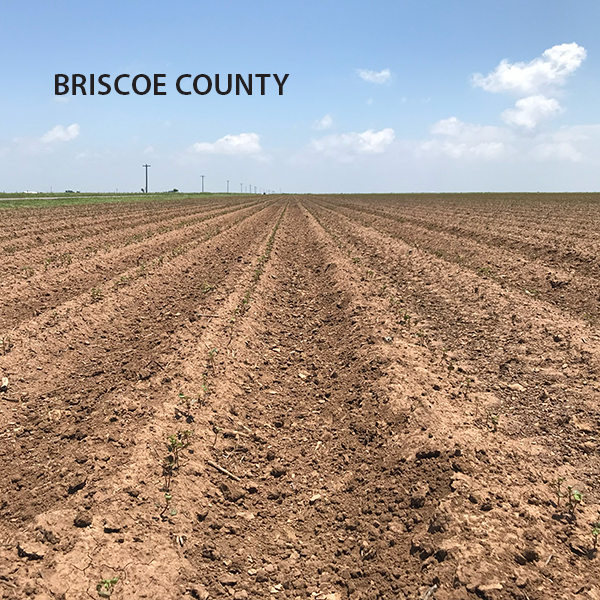
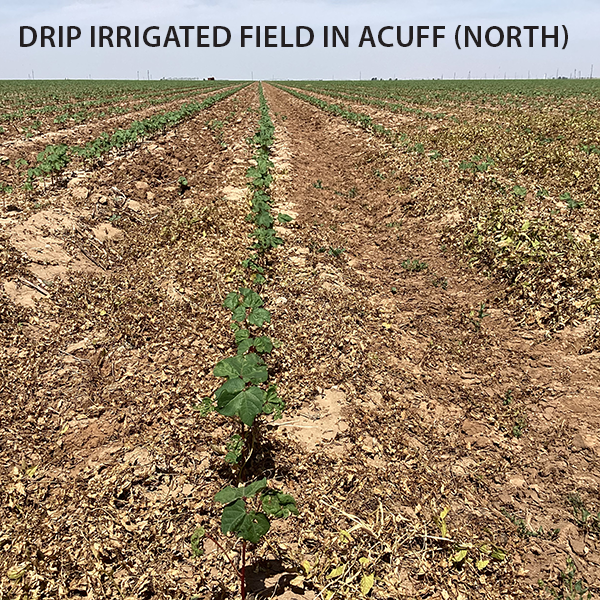
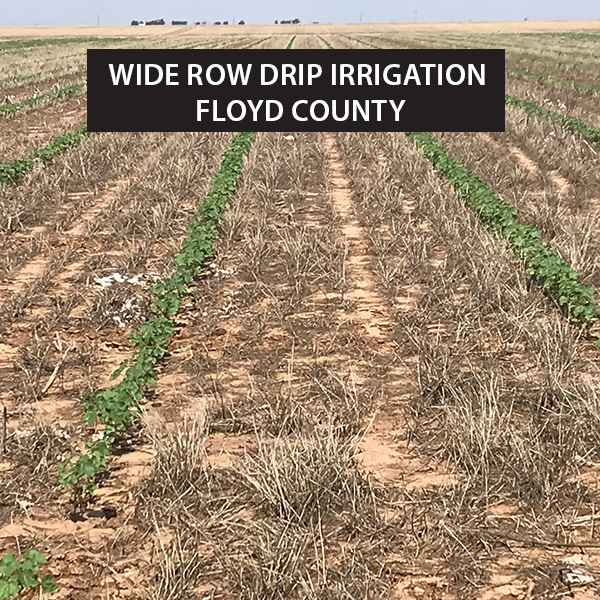
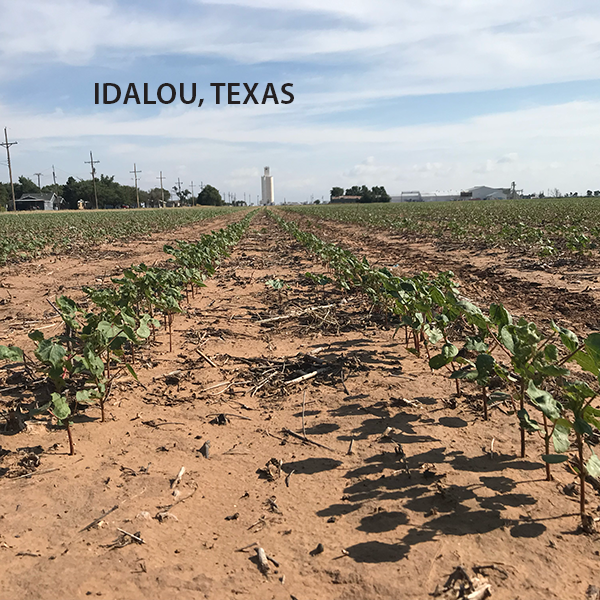
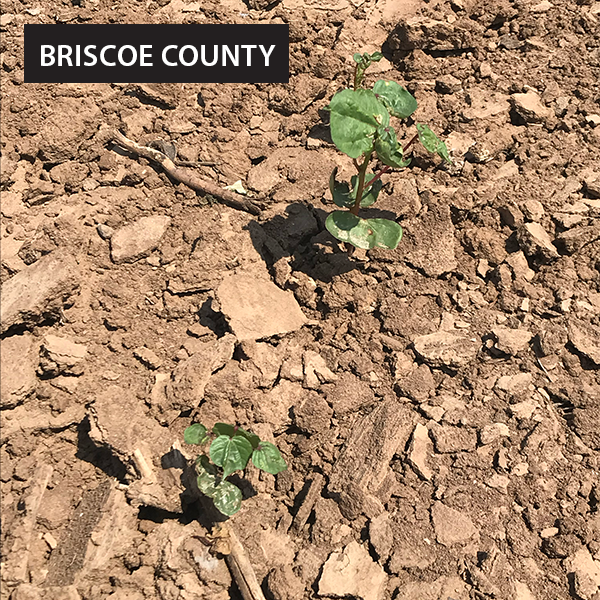
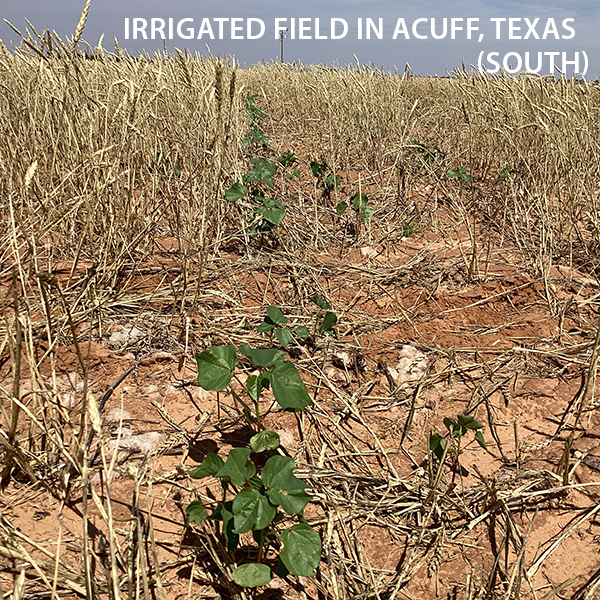
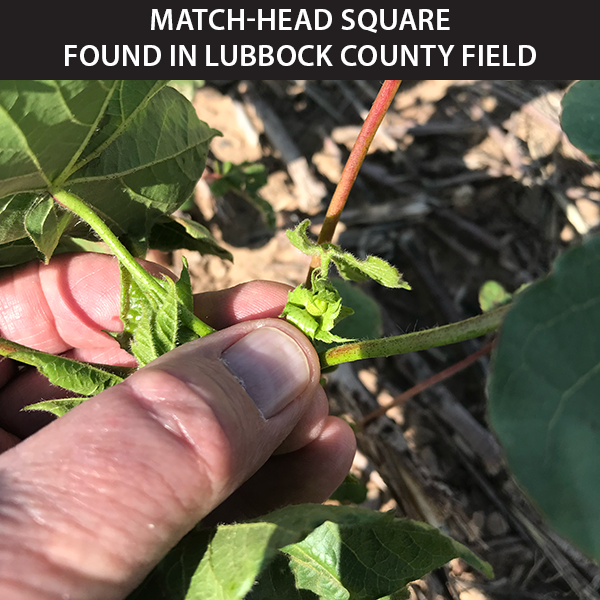
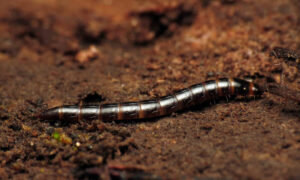 find when scouting and can be hard to treat after the cotton has emerged.
find when scouting and can be hard to treat after the cotton has emerged.
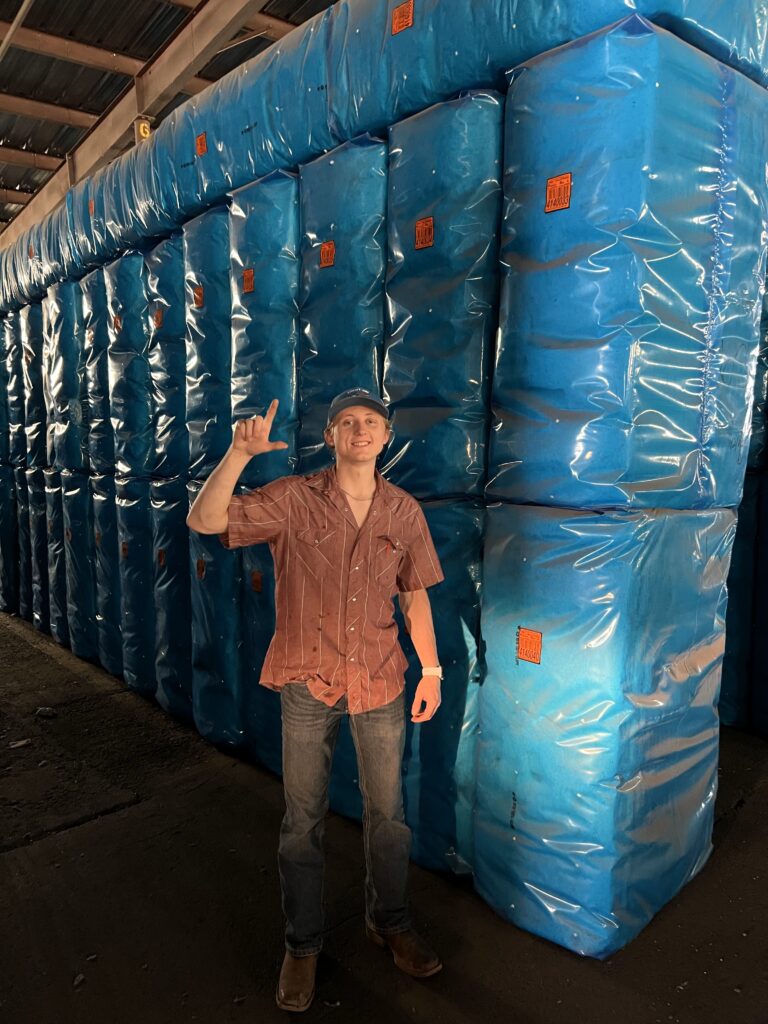 traveled around the Panhandle working alongside many great people such as Landon Kidd, Daniel Jenkins, Steven Birkenfeld, and Malcom Jones. Learning the ins and outs of ginning, I have toured and worked at three Windstar gins – Edcot Gin, Johnson Gin, and Top of Texas Gin.
traveled around the Panhandle working alongside many great people such as Landon Kidd, Daniel Jenkins, Steven Birkenfeld, and Malcom Jones. Learning the ins and outs of ginning, I have toured and worked at three Windstar gins – Edcot Gin, Johnson Gin, and Top of Texas Gin.